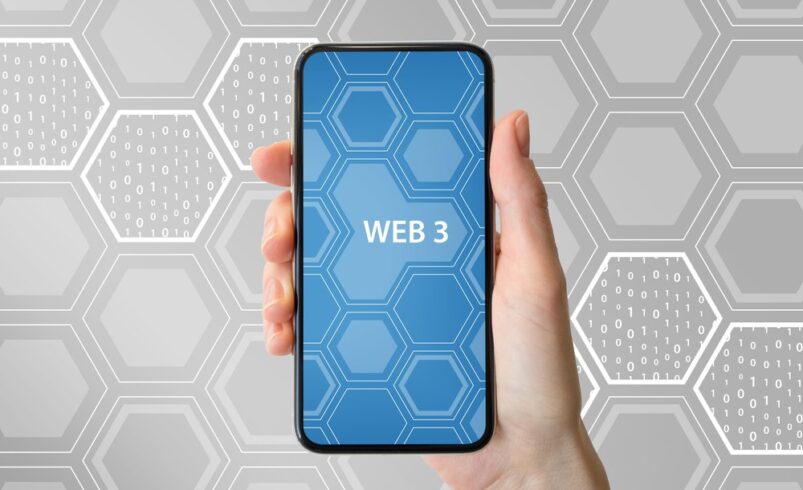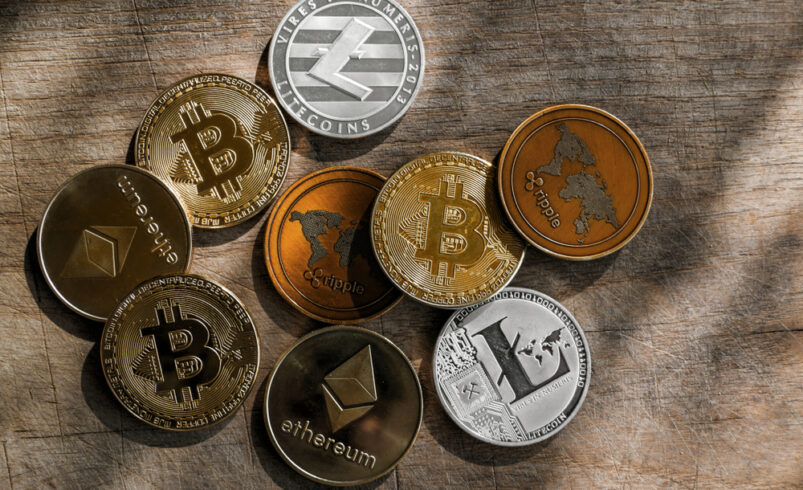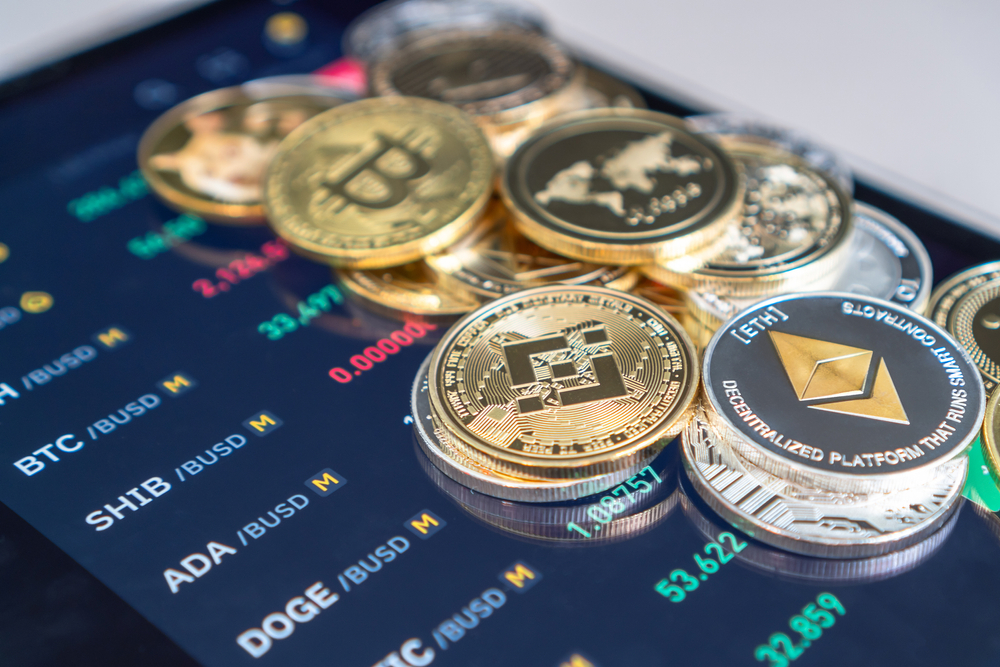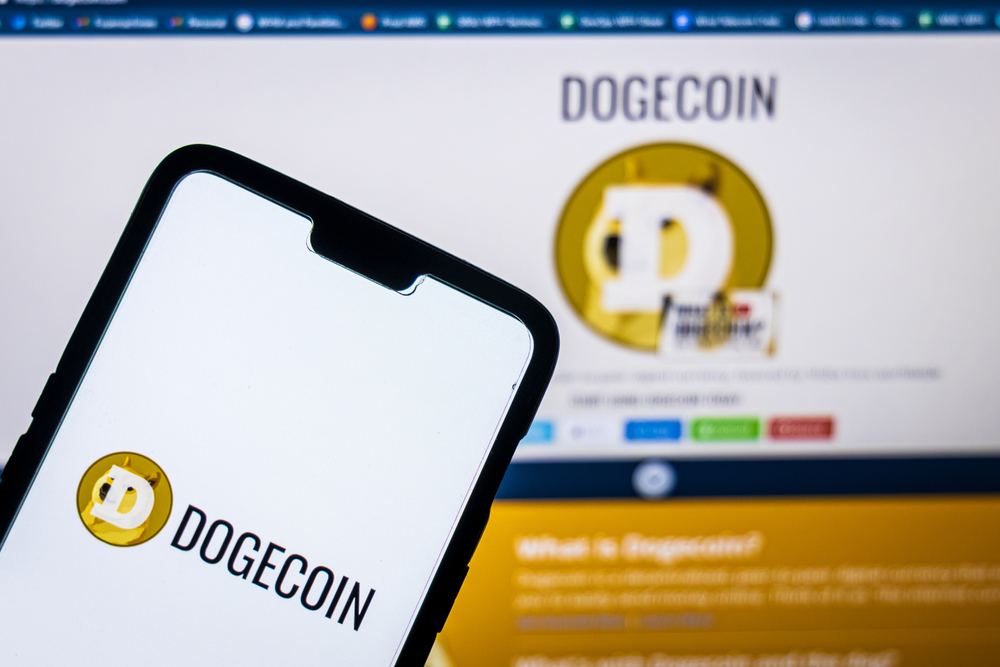What is Web 3.0 and How Does It Differ from Web 2.0?

Introduction to Web 3.0
Web 3.0 is the concept of semantic or third-generation World Wide Web. The concept is still a work in progress and based on decentralized and autonomous form of websites that can add many advantages for the users.
It is important to note that the internet services that are available to the people of the current day and age are considerably different from the time when internet was first introduced. Internet services have continued to change and evolve and Web 3.0 is considered the next step in evolution of the web-based services and products.
Introduction to Web 2.0
Web 2.0 or the second generation version of World Wide Web has evolved forms of the first generation of internet in 1990s. This is the type of interactive web applications where users are able to communicate with each other and the website operators.
The first generation of web allowed the users to post and view information in the form of read-only content. However, people are able to create personalized accounts, post comments, share reactions, purchase goods, make payments, or perform other operations when accessing web-related services.
Try Crypto Engine today, the best crypto trading bot! Click here to sign up. Artificial intelligence crypto bots are leading the trading markets, you can take part in the AI revolution and make money too! Stay ahead of the crypto game with Artificial Intelligence crypto trading bot today!
This type of web format has given rise to popular websites archetypes such social media platforms, e-commerce websites, streaming services, and investment applications etc.
Key Features of Web 3.0
British scientist, Tim Berners Lee is attributed with the development and creation of web services in its existing form. He also provided the concept of third generation web but was limited on account of the technology constraints during his time.
He shared the concept for Web 3.0 in a paper published in 2001 where he referred to it as Semantic Web. He noted that at present computer programs have not cultivated the ability to decipher the meaning of words and phrases used in everyday conversation.
However, at present the theme of Web 3.0 has evolved outside of its Sematic Web definition on account of the existing limitations and resources.
However, Web 3.0 has been able to incorporate some aspects of decentralization that allow it to be stored on a distributed ledger. In this manner, Web 3.0 entities can be stored on various locations simultaneously that removes a single point of failure.
This increases data storage efficiency and increases user autonomy. At the same time, Web 3.0 services aim to become trustless and permission-less entities meaning that participants on the network will be able to interact with each other without using a regulated or centralized entity as medium. Furthermore, anyone on the platform can participate.
At the same time, Web 3.0 incorporates the latest technologies such as Artificial Intelligence and blockchain to increase its performance efficiency. As mentioned by Berners, the Semantic web will have a better understanding of the language semantics that in turn will improve its output.
These features are incorporated in the Web 3.0 applications using AI and Machine Learning protocols. At the same time, Web 3.0 is going to be a universal platform with higher interoperability levels than ever before that has more connectivity using technologies such as blockchain and Internet of Things.
It also means that everyday devices are going to be connected to the internet and with other devices.
Is Web 3.0 Better Than Web 2.0?
The next generation of any technology is said to have more feature and increased efficiency in comparison to its predecessor. Therefore, it is safe to assume that Web 3.0 is going to offer many features for its users that were not accessible or possible with Web 2.0.
However, it is important to keep the risks associated with Web 3.0 in mind such as legal and regulatory constraints associated with decentralized entities. Furthermore, it can make considerable changes in the existing economic, digital, commercial, and financial infrastructure that can lead to unforeseen circumstances.
Conclusion
Web 3.0 and Web 2.0 are two faces of the same coin. The developers and other stakeholders who are working on the new technology are trying to retain and enhance all the benefits of Web 2.0 while eliminating the risks and constraints associated with the product.
Disclaimer: Latest Coin News is your go-to platform for promoting content for a multitude of cryptocurrency and blockchain enterprises, and your organization could be the next to benefit from our services! For inquiries, don’t hesitate to connect with us via our Telegram Chat. Given the volatile nature of the cryptocurrency market, we encourage you to conduct comprehensive research prior to making any investment decisions. Some of the content on our website, such as broker reviews, is either paid content or contributions from guest authors and may not necessarily reflect the views of Latest Coin News. We disclaim any responsibility for the accuracy, quality, and content of advertisements, products, or any other materials, including ad spaces displayed on our platform. For a thorough understanding, we invite you to review our full terms and conditions and disclaimer.






